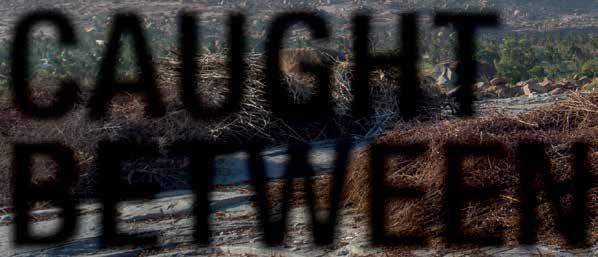
10 minute read
JUNIORS STRUGGLE TO MAKE ENDS MEET
CAUGHT BETWEEN
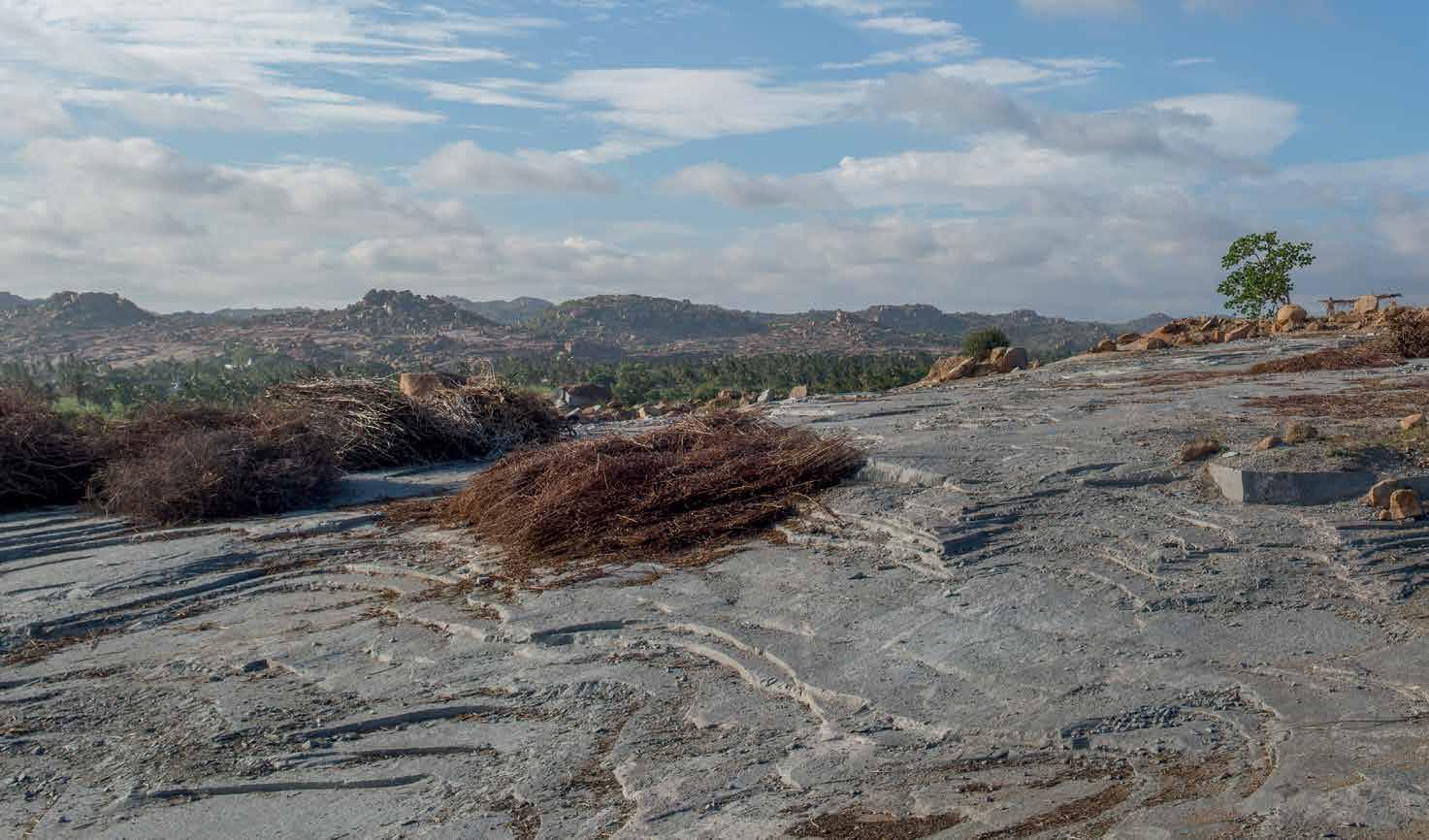
A ROCK AND A HARD PLACE

Juniors struggle to make ends meet
By Nelendhre Moodley
Junior miner New Venture Mining Investment Holdings hopes to be listed on the JSE in the next two to three years as a multicommodity exploration, mine development and operations, and metals company, says CEO Godfrey Mocwane.
The chrome and granite-focused miner currently operates a small chrome mine outside Zeerust, has a prospecting right for chrome also outside Zeerust, operates a granite quarry and recently received a mining right for another granite mine. Both granite mine projects are located in Brits in North West.
“We target projects where we are able to process the minerals down the value chain so that we do not export jobs but rather generate income in-country to boost South Africa’s GDP.”
Given that New Venture Mining Investment Holdings is a well-established entity, having been founded in 2002, Industry Snapshot took the opportunity to chat to Mocwane about the challenges that junior miners face.
Way too many challenges
Junior and emerging miners play a crucial role in developing a strong pipeline of projects to ensure a healthy state of the mining industry; but the sector continues to face an uphill battle when it comes to meeting regulatory compliance and avenues to access funding.
The challenges, according to Mocwane, are associated with the implementation of the Social and Labour Plan, excessively high costs of applying for prospecting rights, mining permits and mining rights and the inexplicable delays in the issuing of these rights and permits and compliance with the Mining Charter 2018.
“In terms of procurement requirements, we find that the targets (legal requirements in terms of the Mining Charter 2018) for procurement spend on mining goods is 70%, while that for services is 80% on total mining services spend.
“This 70% and 80% target must be procured from historically disadvantaged persons (HDPs) or companies owned by HDS. This is an extremely steep ask on junior miners, in terms of securing these mining goods and services, monitoring the process and ultimately reporting on it, in terms of the charter.
“The requisite for free-carry shares to communities is also a challenge as most of the lower-level junior and emerging miners are entrepreneurs. They themselves are always in need of funding from investors (in the form of equity and a bit of debt). The entrepreneur needs minimum 51% of equity to manage the company fully, while investors need 40% to 70% of the project, as the risk is too high,” he explains.
In addition, accessing project funding is extremely di icult given that the majority of commercial banks in SA are highly
Government funding institutions should be equipped to establish fi t-for-purpose funding vehicles for juniors.
Granite quarry in Brits NW Province. – MOCWANE
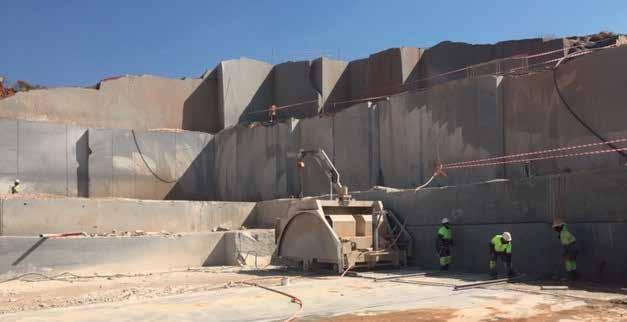
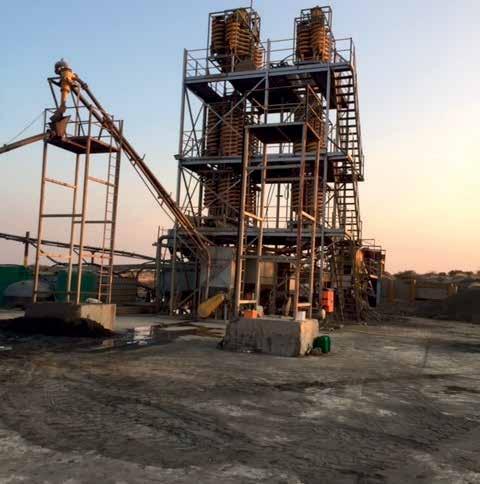
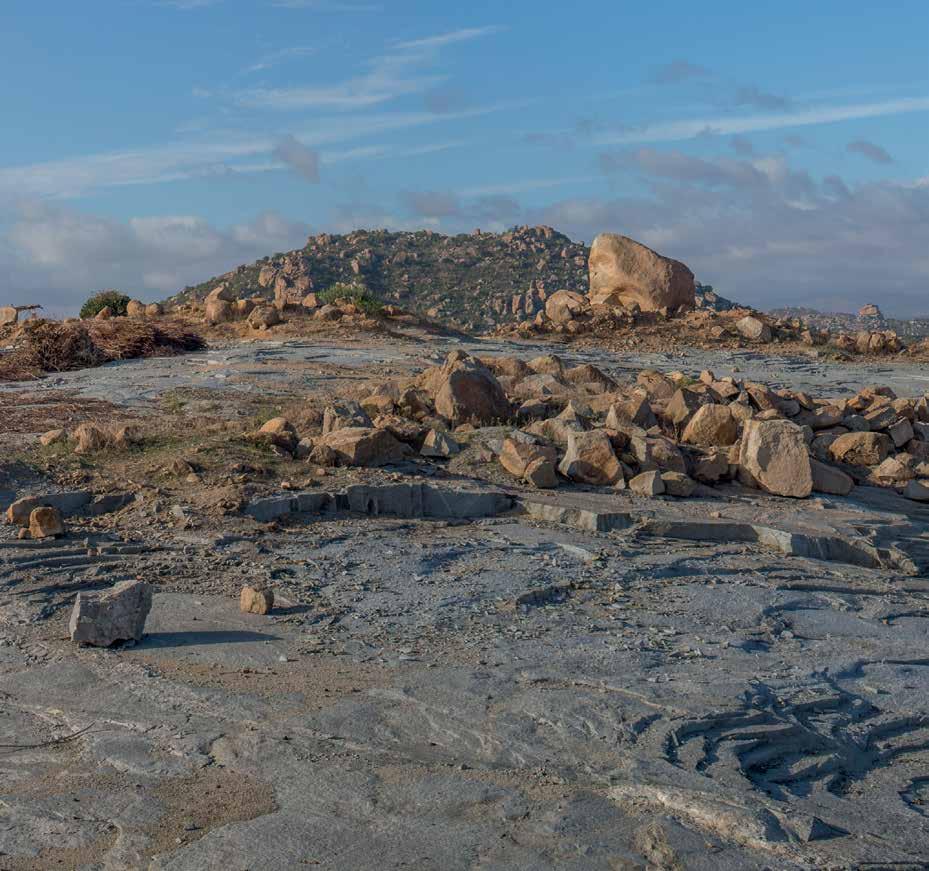
The DMRE SAMRAD application system allows applicants to see which minerals have been applied for beforehand, which saves on money, time and effort. – MOCWANE
risk-averse and unwilling to fund mining prospecting projects and junior and small-scale mining projects.
“Government institutions like the IDC, DBSA, NEF, SEFA and PIC only look to fund junior miners that already have a Competent Person’s Report and/or Bankable Feasibility Study (BFS) documents in place and/or are listed entities. The majority of the junior and emerging miners with assets amounting to less than R50-million and/or annual income of less than R50m do not have a CPR or a BFS, as it’s too expensive for them to do.”
As such, junior and emerging miners are often forced to rely on private or self-funding mechanisms to progress their projects to the CPR level and rely on a combination of venture capital and equity funding to progress their project to BFS level, and/ or operational stage.
“Junior miners have to depend on personal funds as well as family and friends just to get their mining operations started. Once a mining right, a mining permit or prospecting right is obtained from the DMRE, some junior miners opt to sign shareholding and/or product off-take agreements to ensure that their project is able to get off the ground. This is especially true in the case of junior miners progressing commodities such as chrome, manganese, iron ore, coal and diamonds.”
The way forward
Although the junior mining operating environment is difficult, recently government has been proactive in trying to assist the junior mining sector. “Initiatives include making available mineral assets to all in South Africa who want to apply and allowing prospective applicants access to the DMRE SAMRAD application system.
“This allows applicants viewing access to see which areas and minerals have been applied for and by which company, before they apply, thus saving the applicant money, time and effort. Moreover access to the portal is free of charge. Most importantly though, the majority of DMRE regional offices are open for walk-ins for junior and emerging miners requiring free assistance related to the minerals application process,” Mocwane explains.
He notes though that there is much more that both government and the mining industry can do to help the junior mining sector access/acquire and progress projects and importantly, encourage new entrants to join the sector.
“For instance, mining majors and medium-sized mining companies should consider letting go of smaller pockets of mineable ground that they are harbouring or have placed under care and maintenance for an extended period to junior, emerging and small-scale mining companies who can mine these economically.
“It would also be beneficial to this sector if the larger players legally handed over older and/or less profitable shafts/ mine workings to the DMRE or junior and emerging miners, rather than selling the assets which carry huge environmental rehabilitation liabilities at exorbitant prices to the junior miners.
“Moreover, instead of handing funds from initiatives such as the social labour plan to government, mining industry heavyweights should look at using such funds to assist the junior mining sector on a soft loan basis, interim equity basis or a combination of both.”
Mocwane says government should also consider providing incentives to mining majors to encourage them to help fund junior miners. This could be done through legislation such as the flow-through share model and/or vendor financing models.
Financial institutions, including banks and government funding institutions, should be urged to help fund and thereby drive small-scale mining projects. This would help create needed jobs, economic growth, government taxes and thus reduce poverty and unemployment, and to a degree reduce inequality and crime.
“Government funding institutions like the IDC, PIC, NEF and SEFA should be equipped with a special dispensation that includes relaxed conditions to establish fit-for-purpose funding vehicles for juniors,” says Mocwane. n
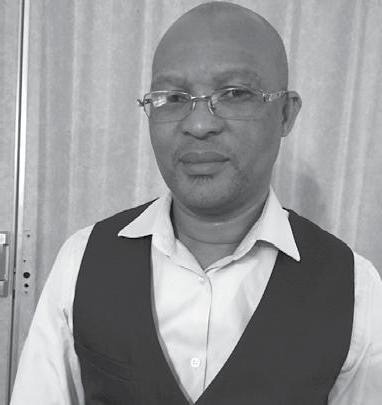
CEO Godfrey Mocwane.
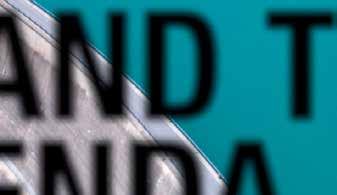

COVID-19 AND THE GREEN AGENDA

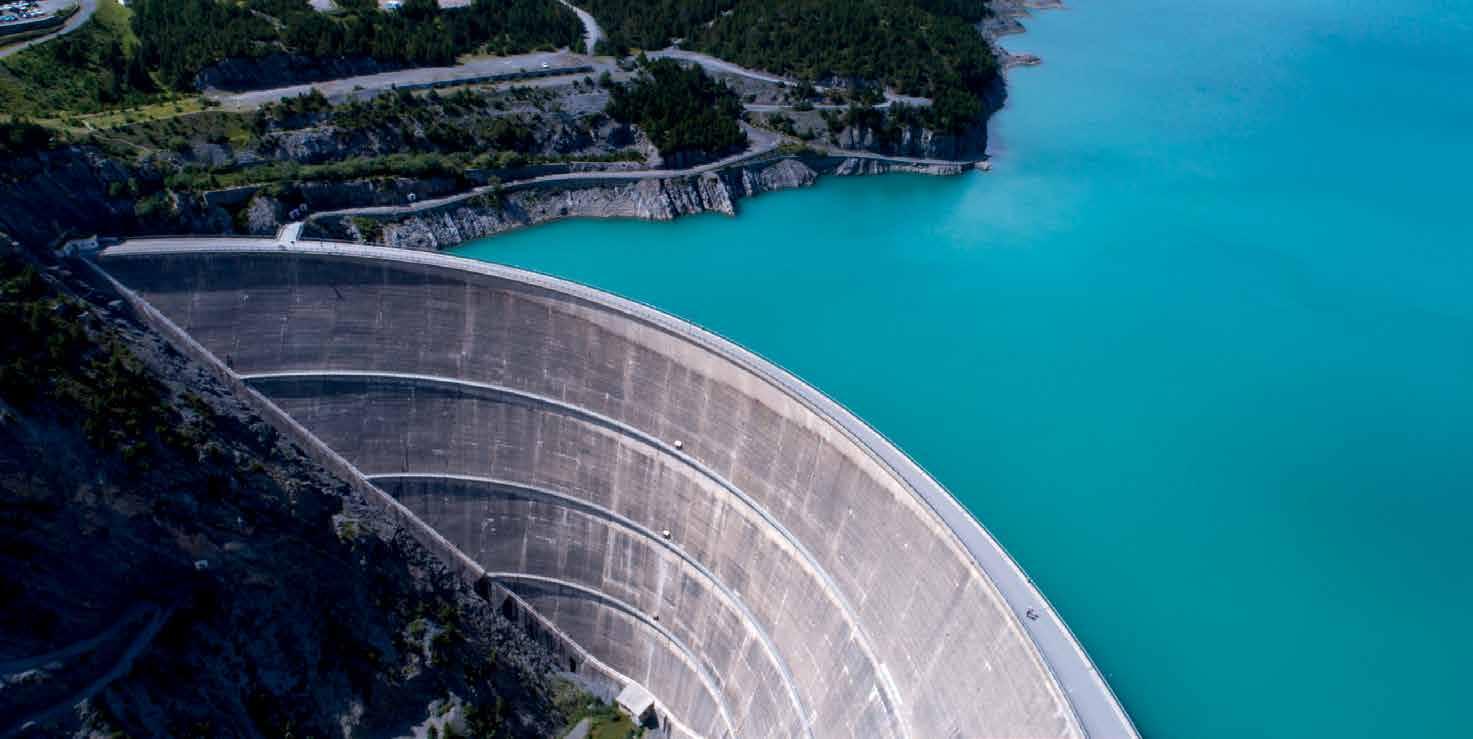
By Nicole Kruger and Luca Maraschin – Warburton Attorneys
It has been approximately a year since the devastating COVID-19 pandemic began. When the virus first took hold, many predicted that the “green agenda” would be set back due to the diversion and reallocation of funds for healthcare and consequent economic recovery. However, both during the various lockdowns and the subsequent months therea er, there have been numerous developments in the green sphere – both negative and positive.
Emotive images and articles during the periods of the most draconian lockdowns suggested that there was some form of natural regeneration or decrease in anthropogenic impacts on Earth. For instance, there was a sharp drop in global carbon emissions, as well as decreased litter, better air quality and less noise pollution.
This said, a number of novel negative environmental impacts have stemmed from the pandemic, and sustainable development initiatives have also been significantly impacted on by the economic downturn. The proliferation of medical waste, including PPE, and the shutdown of recycling centres are examples of such.
Although these impacts may be considered to be “indirect”, the United
Nations (UN) Environment Programme has found that there is a direct correlation between anthropogenic activities/ impacts and the emergence of zoonotic diseases. Thus, human stressors on the environment are causally linked to our exposure to zoonotic diseases such as
COVID-19.
Flowing from this, a number of international bodies such as the UN and the World Health Organization have called for a “green recovery” – a sustainable recuperation that mobilises, among other things, green legislative and policy measures.
A more pessimistic onlooker may have predicted that the petition for a green recovery would have remained in the abstract. However it seems that the green recovery narrative has found resonance in the international community and may in fact be adopted by some nations.
Internationally there has been some indication that the green recovery has been accepted as one of the strategies
Despite this reprioritisation during the initial stages of the pandemic, President Cyril Ramaphosa has entrenched the green agenda into the South African Economic Reconstruction and Recovery Plan which expressly establishes the green economy as a key intervention. Notably, this plan states that: “South Africa’s economic reconstruction and recovery e ort will include a significant green component.”
The president also published a notice detailing strategic integrated projects (GN 812 in GG 43547), many of which have a green focus or component. For example, a small IPP power purchase procurement programme; Phase 2A of the Mokolo Crocodile River (West) Augmentation Project: Limpopo; and the Olifants River Water Resource Development Project – Phase 2: Limpopo.
The latter two of these examples could have a significantly positive impact on water availability for both existing and proposed mines in the water-scarce Limpopo region. Further to this, government intends on substantially improving South Africa’s energy security through the deployment of new renewable energy projects (GN 753 in GG 43509 and GN 1015 in GG 43734). Hence the path to a green recovery has been laid by the South African government.
Although it is uncertain what the longterm impacts of COVID-19 on the green agenda will be, and whether governments will implement green recovery plans, the pandemic has undoubtedly shown our intrinsic connection to the natural world – something which has to be considered and acted on going forward. ■
necessary to overcome the various consequences of the pandemic. Recent developments such as China’s commitment to be carbon-neutral by 2060, US president-elect Joe Biden’s carbon plans, and the Nordic countries expressly declaring that they will adopt the green recovery approach, are all testament to this.
Initially South Africa’s response to the pandemic seemed to stall the green agenda. For instance, the directions regarding COVID-19 measures relating to national environmental management permits and licences resulted in severe delays in respect of development in the environmental sphere.


Powerful!
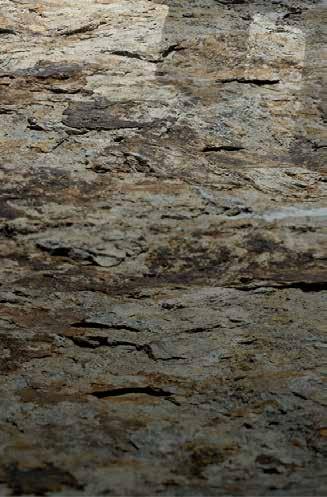
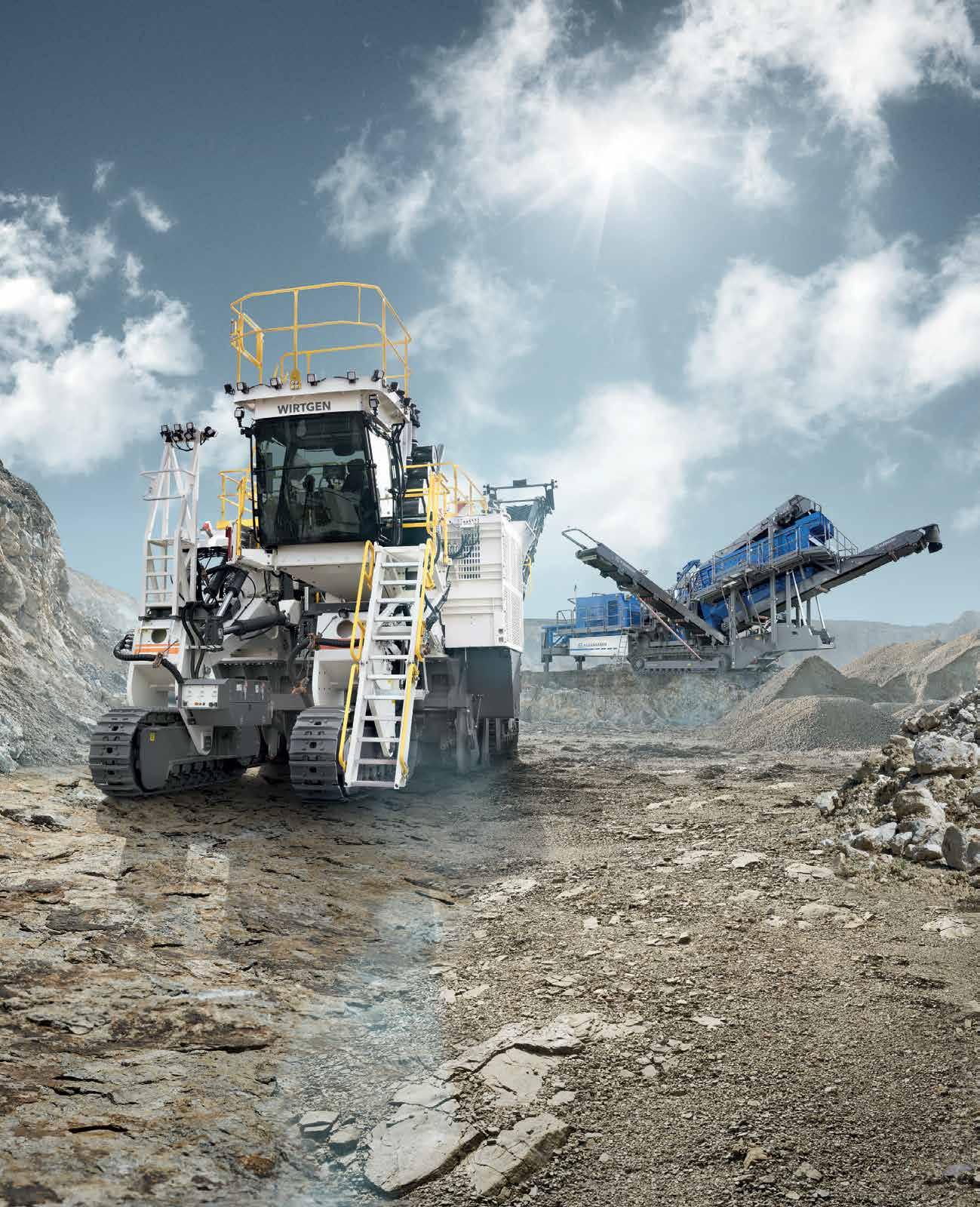
www.wirtgen-group.com/mineral
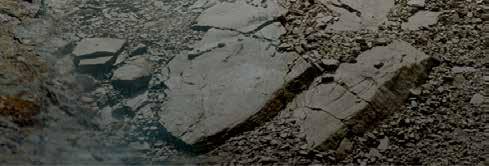
CLOSE TO OUR CUSTOMERS
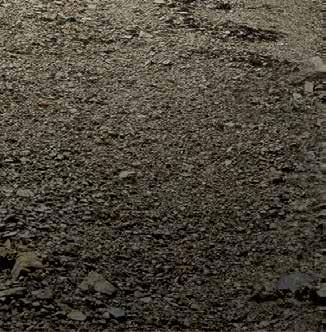
MINERAL TECHNOLOGIES. Innovative WIRTGEN surface miners, robust KLEEMANN impact crushers and screens plus customized services make the WIRTGEN GROUP a reliable partner for all mining applications. Take advantage of innovative solutions from the technology leader.
WIRTGEN SOUTH AFRICA (Pty) Ltd. . 52 Maple Street . Pomona . Kempton Park 1619 . South Africa T: +27 11 452 1838 www.wirtgen-group.com/southafrica



